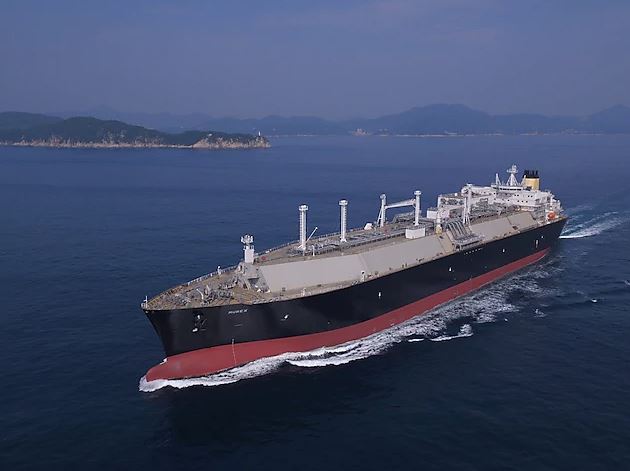Global LNG trade rose to 360 million tonnes last year, according to Shell’s latest annual LNG Outlook, despite the unprecedented volatility caused by the Covid-19 pandemic which resulted in lockdowns around the world.
Though marginal, the increase in volume reflects the resilience and flexibility of the global LNG market in 2020, a year which saw losses to global GDP of several trillion dollars as economies large and small struggled to contain the Covid-19 outbreak. Demand in 2019 stood at 358 million tonnes.
Global LNG prices hit a record low early in the year but ended the 12-month period at a six-year high as demand in parts of Asia recovered and winter buying increased against tightened supply, the report said.
“LNG provided flexible energy which the world needed during the pandemic, demonstrating its resilience and ability to power people’s lives in these unprecedented times,” said Maarten Wetselaar, integrated gas, renewables and energy solutions director at Shell.
“Around the world countries and companies, including Shell, are adopting net-zero emissions targets and seeking to create lower-carbon energy systems. As the cleanest-burning fossil fuel, natural gas and LNG have a central role to play in delivering the energy the world needs and helping power progress towards these targets,” he said.
Natural gas emits between 45% and 55% fewer greenhouse gas emissions and less than one-tenth of the air pollutants than coal when used to generate electricity, according to Shell.
Asian LNG appetite grows
China and India led the recovery in demand for LNG following the outbreak of the pandemic. China increased its LNG imports by 7 million tonnes to 67 million tonnes, an 11% increase for the year, the report said.
In addition, China’s announcement of a target to become carbon neutral by 2060 should continue driving up its LNG demand through the key role gas can play in decarbonising hard-to-abate sectors, namely buildings, heavy industry, shipping and heavy-duty road transport, the report said.
On the other side, India also increased imports by 11% in 2020 as it took advantage of lower-priced LNG to supplement its domestic gas production.
Two other major Asian LNG-importing countries – Japan and South Korea – also announced net-zero emissions targets in 2020. To meet its net-zero target, South Korea aims to switch 24 coal-fired power plants to LNG by 2034, the report said.
Demand in Europe, alongside flexible US supply, helped to balance the global LNG market in the first half of 2020. However, supply outages in other basins, structural constraints and extreme weather later in the year resulted in higher prices, the report said.
Demand to hit 700 million tonnes
Overall, Shell expects global LNG demand to hit 700 million tonnes by 2040.
Moreover, Shell said in the report it expects Asia to drive nearly 75% of this growth as domestic gas production declines and LNG substitutes higher emission energy sources, tackling air quality concerns and meeting emissions targets.
For instance, China’s heavy-duty transport sector consumed nearly 13 million tonnes of LNG in 2020, almost doubling from 2018, to serve the fast-growing fleet of well over 500,000 LNG-fuelled trucks and buses.
Furthermore, Shell notes the growth in LNG-fuelled shipping, and expects the number of vessels to more than double with global LNG bunkering vessels set to reach 45 by 2023, the report said.
As demand grows, a supply-demand gap is expected to open in the middle of the current decade with less new production coming on-stream than previously projected. Just 3 million tonnes in new LNG production capacity was announced in 2020, down from an expected 60 million tonnes, the report said.
According to estimates, more than half of future LNG demand will come from countries with net-zero emissions targets.
“The LNG industry will need to innovate at every stage of the value chain to lower emissions and play a key role in powering hard-to-abate sectors,” Shell’s report said.

